

Inside the home, in front of the flame of a hearth, or anxiously rocking a cradle; in the workplace, in public squares; in the great historical moments the Italian woman has been always present. Since distant times we have very many records of that.
But it was in the past century that woman decisively sought her social freedom, gaining her own ideas and aspirations.
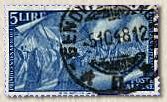
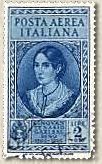
The Renaissance is full of female figures that operated in High Society or on the barricades. Even though not of Italian origin, the role model was Anita Garibaldi.
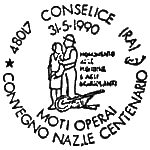
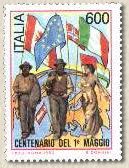
Joining in the hard work in the fields, the women assumed positions of relief during the agrarian fights, from the end of the past century and through the first decades of this, to gain better economic conditions and a humane daily job. In the picture entitled "The Fourth State", Pelizza da Volpedo places among the three central figures one of an average woman advancing resolutely while embracing her child..
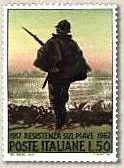
During the First World War the woman was active primarily in aid committees. This work knew no frontiers: the aids were given both to her countrymen and to the prisoners of war who became numerous at the end of the War.

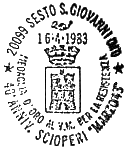
But it was during the tragic events of the Second World War that the woman was obligated to face new challenges. The lack of male labor, since various military forces were engaged in battle, required the employment of the women in the factories and other jobs that were then classified as "for men only". This new truth forced woman to acquire a new responsibility: that she actively participate in industrial production and take on her shoulders all the moral and material obligations for that. During the strikes in the industrial cities of the North of 1943 and 1944 women also actively participated in the acclamation "We want to live in peace!" Or, driven by desperation, women occupied municipal public squares and shouted "We want bread! Stop the black market!".
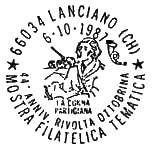
After September 8, 1943, the woman became part of the clandestine movement and her active participation in many cases determined the outcome.
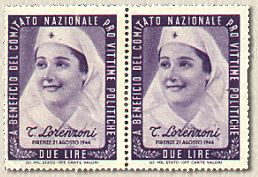
All of the above was woman during the Resistance.
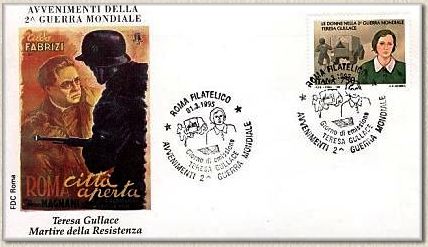
With the exception of Mother Carla, the other women of the Resistance have been depicted in the famous series of the "Labels of the Polygraphic of the State".
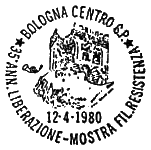
As often today, only a woman was depicted on a postmark: Irma Bandiera, courier of the 7th G.A.P., killed by the German SS on the August 14, 1944 -- Gold Medal for Military Valor to her memory.
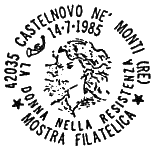

A contemporary face of young woman is depicted on the postmark dated the July 14, 1985, dedicated to the "Woman in the Resistance" as a tie-line between the past battles and those of the present which were and are supported by the woman. Before finishing, it is worthwhile to remember the film "Roma Città Aperta", skillfully interpreted by Anna Magnani and Aldo Fabrizi. Among the several vignettes that happened in the Capital during the Nazi occupation, two peculiar episodes describe the condition of the woman in that period. First, there is a woman, the mother of a child, who marries an antifascist but will later be killed during a German round-up (the scene illustrated on the stamp while her man is carried away). Second, there is the story of a hounded partisan and his fiancée. The film, directed by Roberto Rosellini in the immediate post-war period (1945), was one of the "neo-realist" style, of the so-called movement which interpreted, with realism and drama, life in Italy during the war and post-war period.
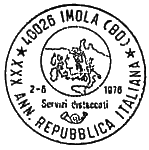
June 2, 1946 - the referendum for Monarchy or Republic. Republic won. The symbol for voting "in favor" of the Republic was created from the geographic outline of Italy superimposed with a woman's face wearing a turreted crown. For the first time women could vote. That Sunday morning, my mother, wearing her best dress, went out to vote arm-in-arm with my father.

 |
 |
|
 |
 |